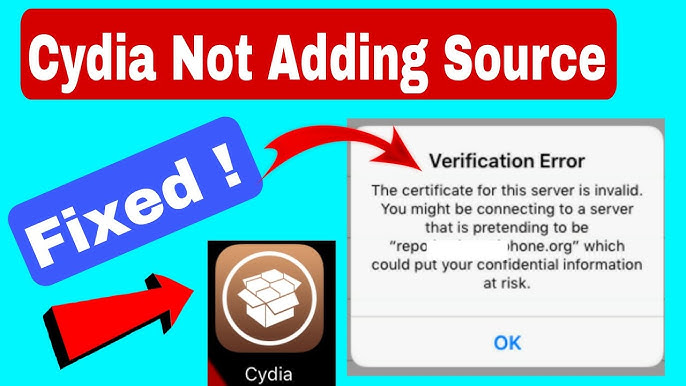New releases promise smoother performance and fresh features, yet a careless tap can invite malware, leaks, or broken logins. Safe updating is a repeatable habit: confirm where the file comes from, check that it’s the intended build, and keep your security basics ready. Follow that rhythm and updates become routine instead of a gamble.
Getting updates from official sources only
Start where trust is earned – your phone’s app store or the publisher’s own link. For a stable, brand-run destination you can use as a reference point, open this website and keep the habit of returning to known domains whenever you manage apps. Avoid third-party APK sites, message-thread links, and shortened URLs that hide the destination. If you use Parimatch, let the in-app banner or the store listing guide you. Official delivery paths keep signing intact, preserve notification channels, and cut the chance of tampered packages.
Checking version integrity before installing
Take ten seconds before tapping Install. Match the version number and release date with what the developer lists on the store page or their site. If the numbers don’t line up, wait.
On Android, confirm the update is signed by the same certificate as previous builds; your device will warn you if a different signature appears. Treat that as a stop sign and fetch the update from the verified source.
On iOS, stick with the App Store so the system handles signing for you. Read the changelog – if your screen shows features that the notes don’t mention, something is off. Parimatch typically publishes clear release notes; use them to sanity-check that the build you see matches the build they shipped.
Spotting red flags of unsafe updates
Bad updates tend to show their hand right away. Watch for permission prompts that make no sense for the app’s purpose, sudden overlays that block input, or a phone that runs hot minutes after install. If you see those signs, roll back and reinstall from the trusted source.
Quick safety check (your single checklist):
- Compare version number and notes with the official listing.
- Review new permissions; deny anything unrelated to core features.
- After install, monitor battery, crashes, and login behavior for a short session.
Balancing convenience with safety
Auto-updates are fine when they arrive through Apple’s App Store or Google Play, because the store verifies signatures and bundles patches cleanly. If you sideload on Android for a specific reason, take the manual route every time: download from the publisher’s domain, verify the file, and keep “Install unknown apps” disabled for everything else. Never update from a screenshot link dropped in a chat. When in doubt, uninstall, clear your browser cache, and reinstall from the official page to reset the chain of trust.
Protecting your data during updates
Treat major version jumps like mini maintenance windows. Back up important photos and documents first. Keep two-factor authentication active and store backup codes in a password manager rather than screenshots. Make sure your phone number and authenticator app are ready before you start, so you don’t lock yourself out if a re-login appears. If Parimatch is on your device, verify that the profile name and your payout method still match; clean records prevent withdrawal checks from dragging on after an update.
Two small but helpful steps: leave “Set automatically” enabled for date and time (time drift breaks one-time codes), and test one login on Wi-Fi and one on cellular after updating to confirm that approvals arrive promptly on both paths.
Responsible mobile habits for long-term use
Good hygiene makes every update safer. Keep a bit of free storage so installations don’t fail halfway. Use networks you trust; if you’re on airport or café Wi-Fi, postpone payment changes until you’re back on a connection you control. Limit permissions to what the app truly needs – camera “while using,” photos “selected items,” and approximate location unless precision is required. Give the developer a short window to patch early glitches; installing a day later often means you skip the first round of bugs.
For brands like Parimatch, the calm approach looks like this: update through the official path, skim the release notes, and run a short post-update check (open, authenticate, view wallet, view notifications). If anything feels off – missing screens, looping errors – look for a follow-up patch on the store rather than chasing fixes on random forums.
Trust the Source, Secure the Experience
Updates should make your apps better, not risky. The way to keep it that way is simple and repeatable: fetch from verified links, confirm the version and signature, install on a stable connection, and keep your login safeguards in place. With those steps, you can say yes to new features with a clear head. Whether you’re checking odds, reading match news, or managing deposits and withdrawals, a trusted source and a quick integrity check turn updates into a one-minute task – tap, confirm, done.

